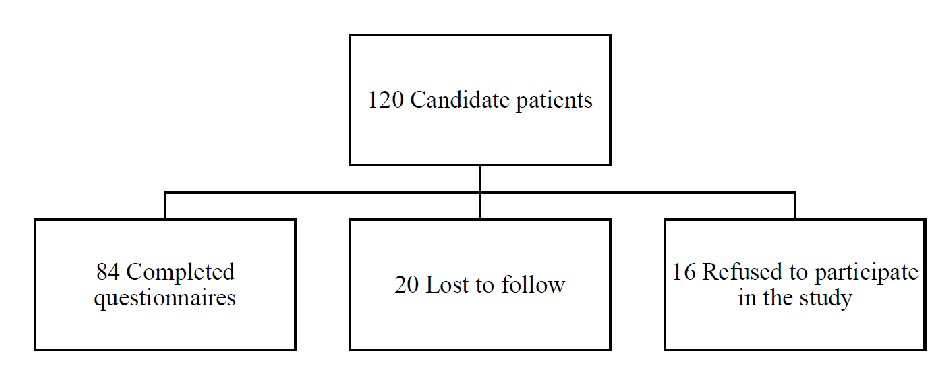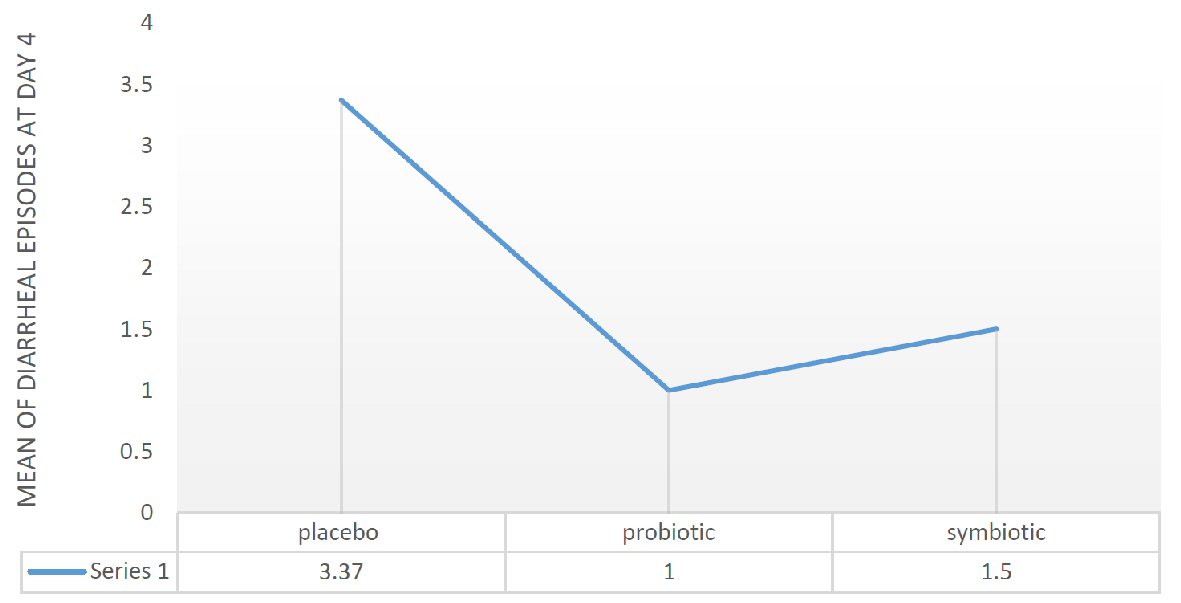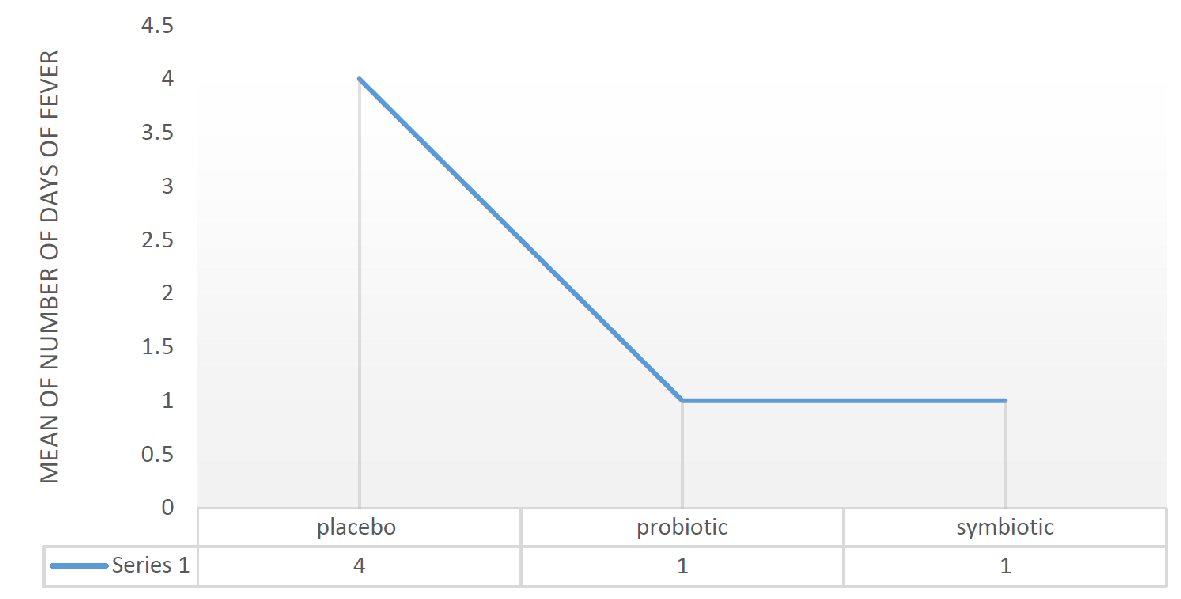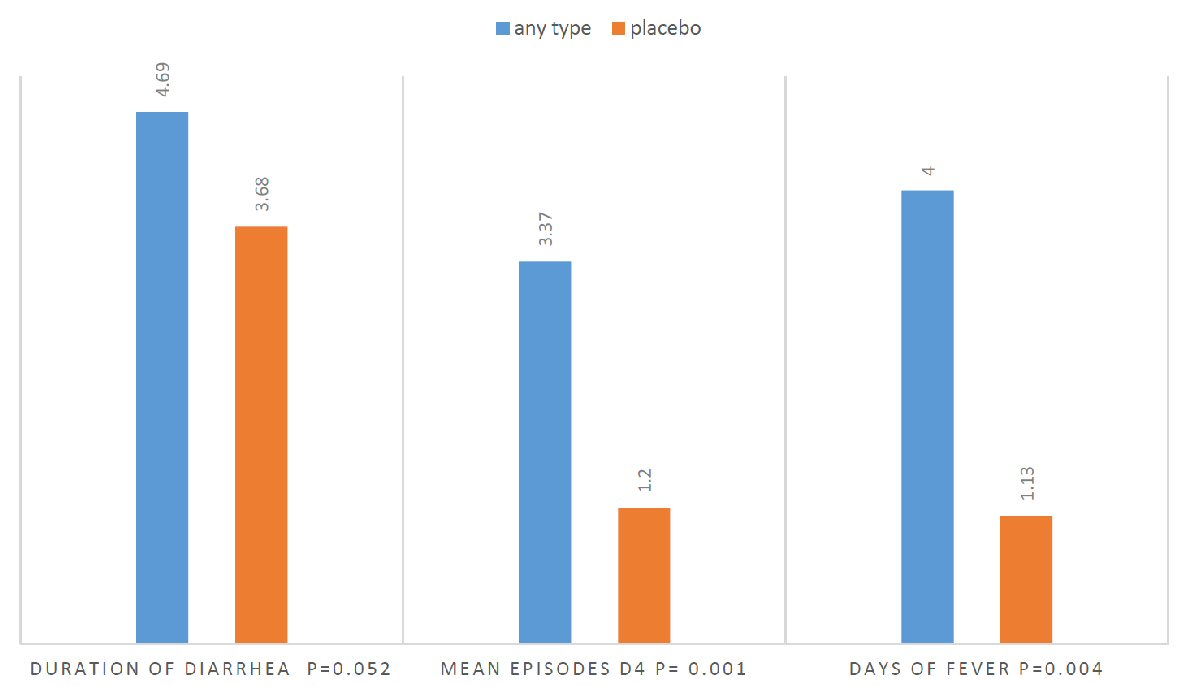
Figure 1. Consort flow diagram.
| International Journal of Clinical Pediatrics, ISSN 1927-1255 print, 1927-1263 online, Open Access |
| Article copyright, the authors; Journal compilation copyright, Int J Clin Pediatr and Elmer Press Inc |
| Journal website http://www.theijcp.org |
Original Article
Volume 7, Number 3, September 2018, pages 21-28
Comparative Study for Probiotics and Symbiotics Versus Placebo in Pediatrics Acute Diarrhea: Randomized Controlled Trial
Figures




Tables
| Group | Type | Sample |
|---|---|---|
| 1 | Probiotic | Lactobacteria (Lactobacillus acidophilus and Bifidobacterium lactis) (109) |
| 2 | Probiotic | Spores of multiantibiotic-resistant Bacillus clausii (2 × 109) |
| 3 | Probiotic | Saccharomyces boulardii (6 × 109) + Lactobacillus acidophilus (2 × 109) + Rhamnosus (3 × 109) + Bifidobacterium longum (2 × 109) |
| 4 | Symbiotic (probiotics + prebiotic) | Bacillus coagulans (2 × 109) + Fructooligosaccharides |
| 5 | Placebo | Lactose monohydrate DC |
| Probiotic (n = 44) | Symbiotic (n = 23) | Placebo (n = 17) | P value | |
|---|---|---|---|---|
| Gender (m/f) | 22/22 | 14/9 | 5/12 | N/S |
| Age (months) | 25.93 | 20.75 | 39 | N/S |
| Duration diarrhoea before inclusion (days) | 2.29 | 2.57 | 2.82 | N/S |
| Weight (kg) | 13.69 | 13.025 | 15.19 | N/S |